What Causes Tornadoes and Why Are They So Dangerous?
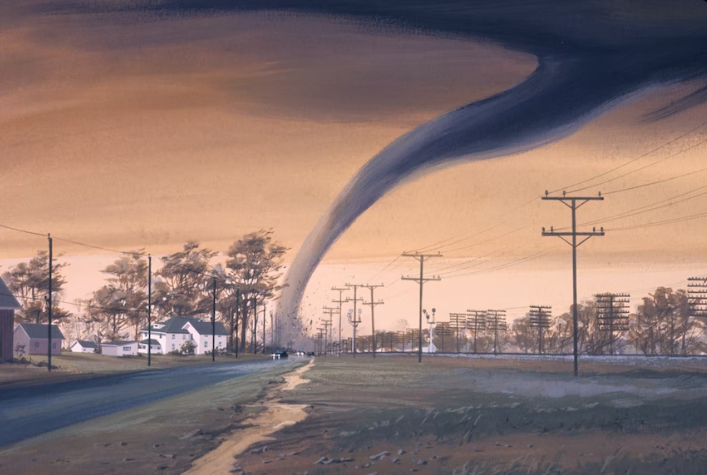
Texas has more than its fair share of dramatic weather. Sometimes it’s majestic and beautiful, but sometimes it’s just scary. One weather event that’s particularly prevalent in Texas and slides most easily into the scary category is the widely feared tornado. These storms are so intense that many build dedicated safe rooms in their homes to keep […]
Does a Tornado Shelter Really Work?
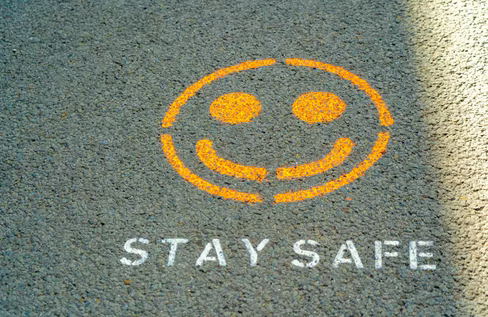
Tornado shelters, also known as panic rooms and safe rooms are the ultimate way to protect lives when there’s a thunderstorm approaching. They can not only be customized in size and shape, but the installation can be done in multiple places. Your garage and basement are just one of the few places where you can easily […]
Disable People Safety During Tornadoes
Underground vs. Above Ground Tornado Shelter Rooms
The frenzied comments like „you won’t survive a tornado if you’re not underground” can be misleading. Safe rooms can equally save lives and increase your chances of survival. Let’s find out what is underground and above-ground storm shelter rooms and compare their benefits.
Tornado Shelter Rooms: How to Get Best Value for Your Money
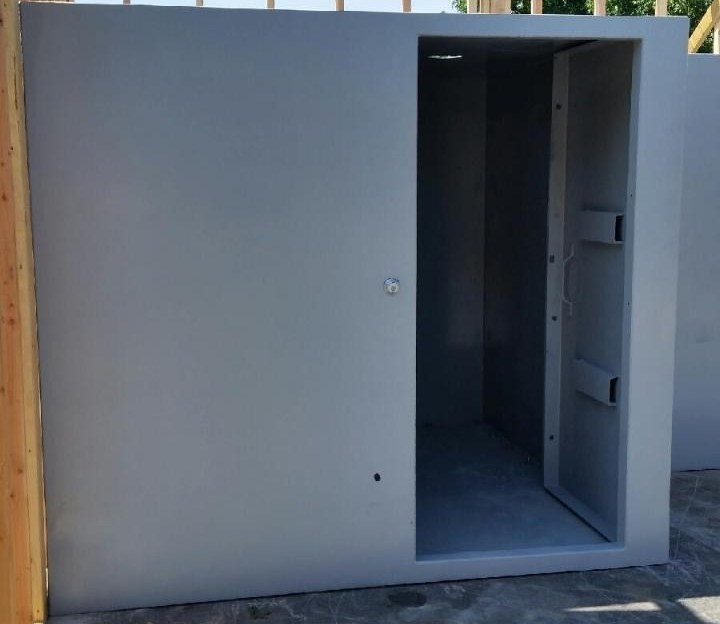
Are your house or building prepared for the next storm? Tornado shelters in Texas can withstand any violent storm. They stay anchored during extreme violent conditions to protect occupants from flying debris and strong winds. Knowing which shelter to install can be tricky.
How to Prepare for Tornado If You Have Pets?
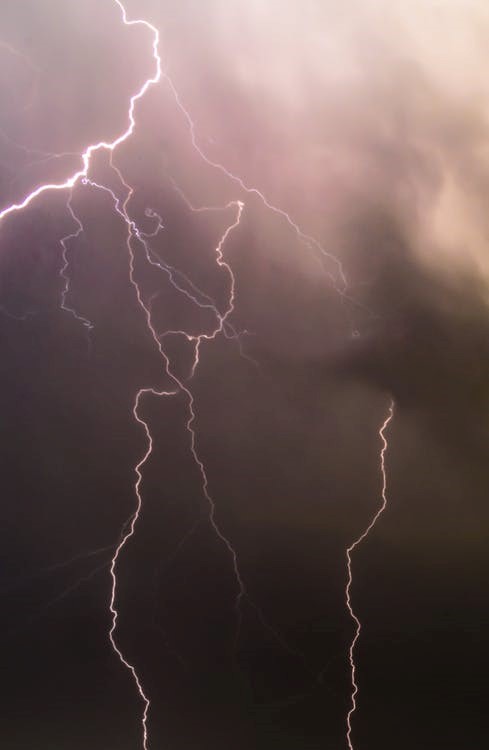
Whether you’ve always been a pet owner or just brought a furry family member home, one thing is certain: a natural disaster is a time to prepare. Many of us consider pets family members and would go to great lengths to protect our pets during an emergency. Here are some tips for preparing for tornadoes […]
The Suitable Fit: Underground or Above Ground Safe Rooms?

Frequent tornadoes are one of the most common natural hazards in the United States. In 2020, there were 1,075 tornadoes reported. While you can’t do too much to keep your home safe, you can take steps to keep yourself, your family, and your belongings safe. One of these steps in having a storm shelter installed. […]
Should You Get an Above-Ground or In-Ground Shelter?
Storm shelters come in two major categories — above-ground shelters and in-ground shelters. Wondering which one is better? Well, that’s a debate. Where some people believe underground shelters are safer, many prefer to install above-ground shelters in their homes. Here we’ll go through some factors that distinguish the underground and aboveground shelters, to help you […]
3 Reasons Your Commercial Business Will Benefit From A Storm Shelter
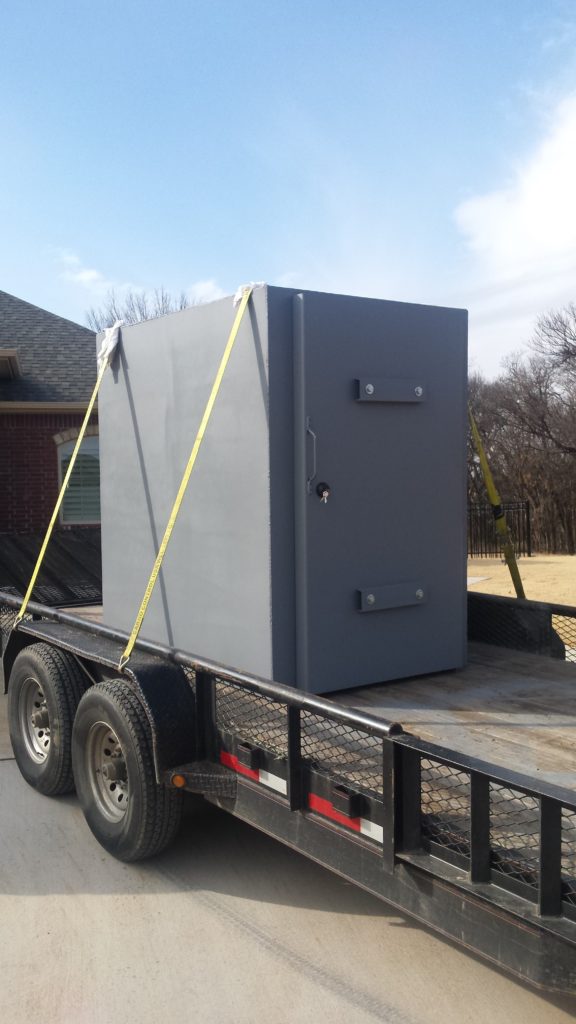
In the event of a hurricane, are you, your employees, and your business safe? In addition to that, with the recent uptick in shootings and robberies in the US, now is the most critical time to invest in a safe room or storm shelter. Here are three reasons your business will benefit from a storm […]
All You Need to Know About FEMA Guidelines for Tornado Shelters
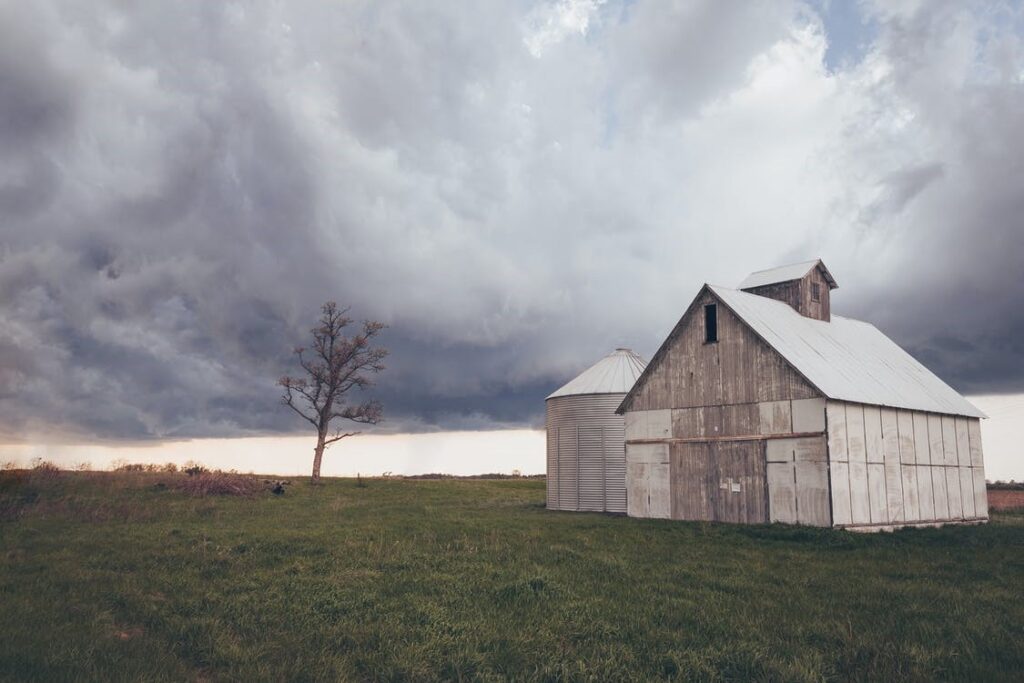
The Federal Emergency Management Agency (FEMA) has outlined standards for designing and constructing safe rooms. The main criteria for safe room design and construction are FEMA P-320, FEMA P-361 and FEMA P-431 for tornado protection. Safe room manufacturers and contractors should be FEMA compliant to ensure their structures can withstand natural disasters. Let’s look at […]




